Imagine Peace for All
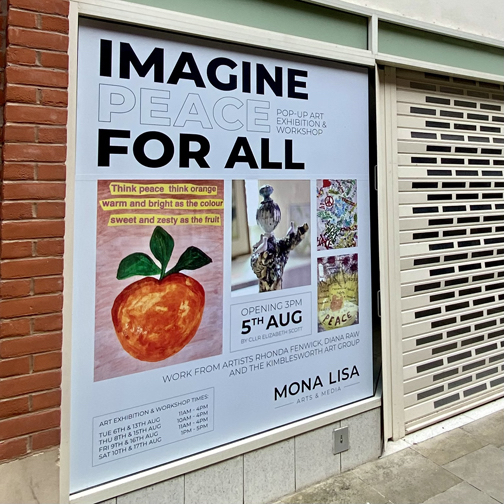

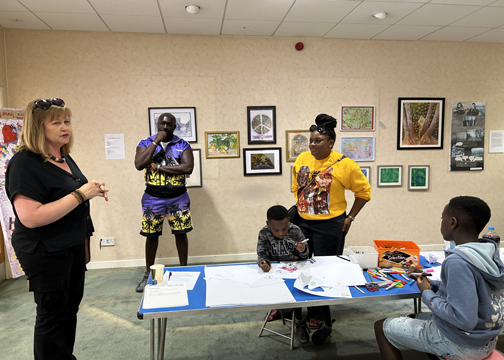
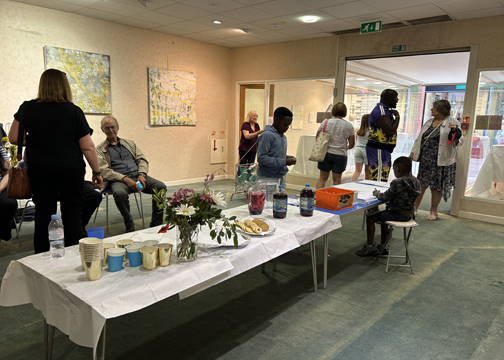
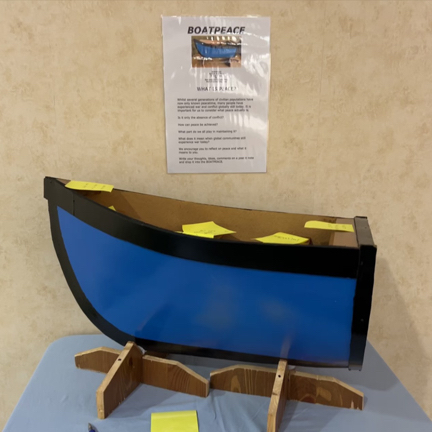
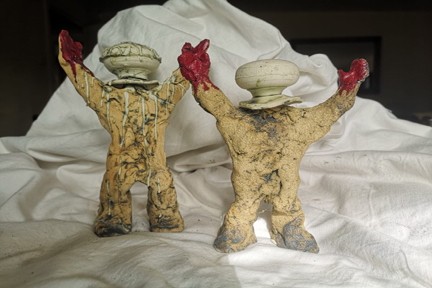
IMAGINE PEACE FOR ALL: Pop up gallery and workshop
MONA LISA Arts & Media held an art exhibition and workshop for the PEACE project as a pop up gallery in an empty shop in Prince Bishops Centre Durham August 2024. Work by artists Rhonda Fenwick and Diana Raw in collaboration with the Kimblesworth Art Group.
Imagine Peace for All poster (pdf)


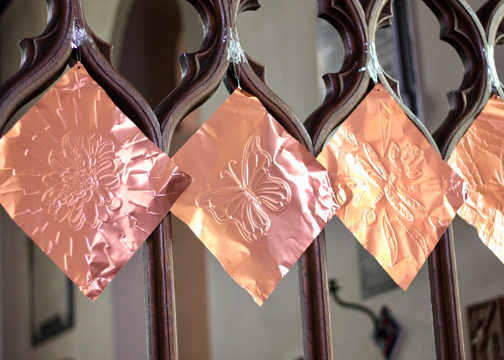

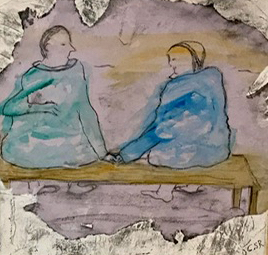
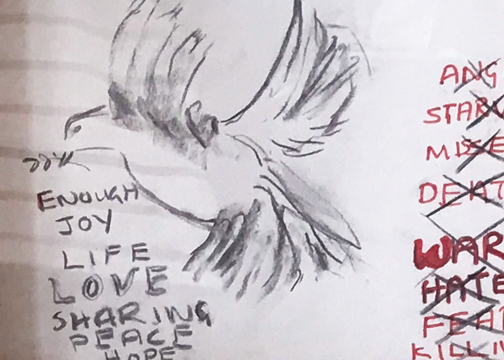
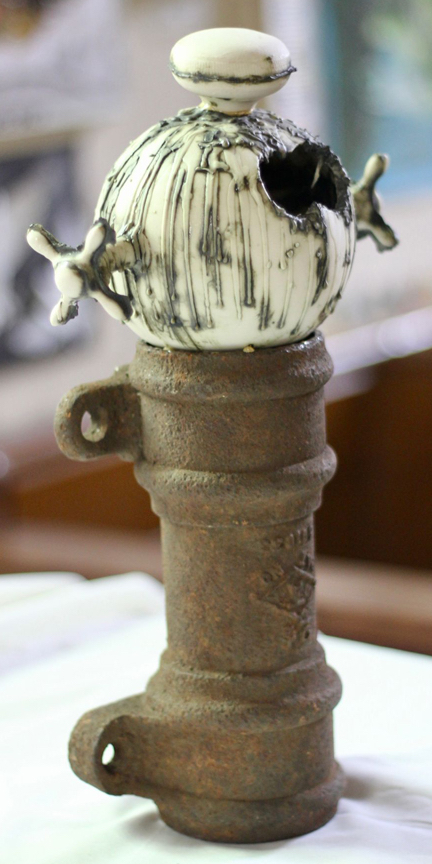
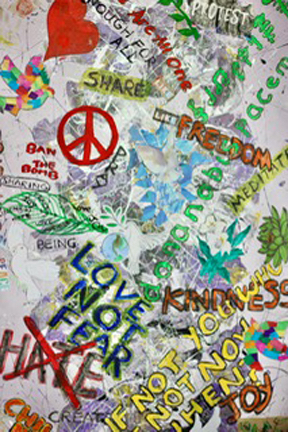
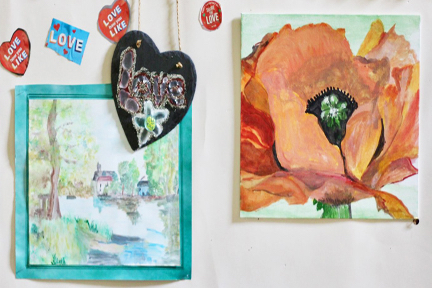
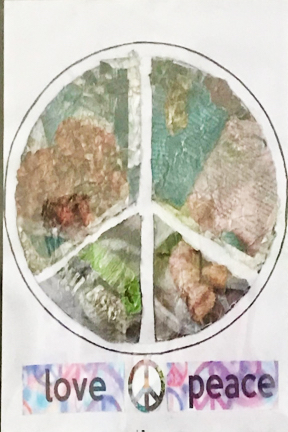

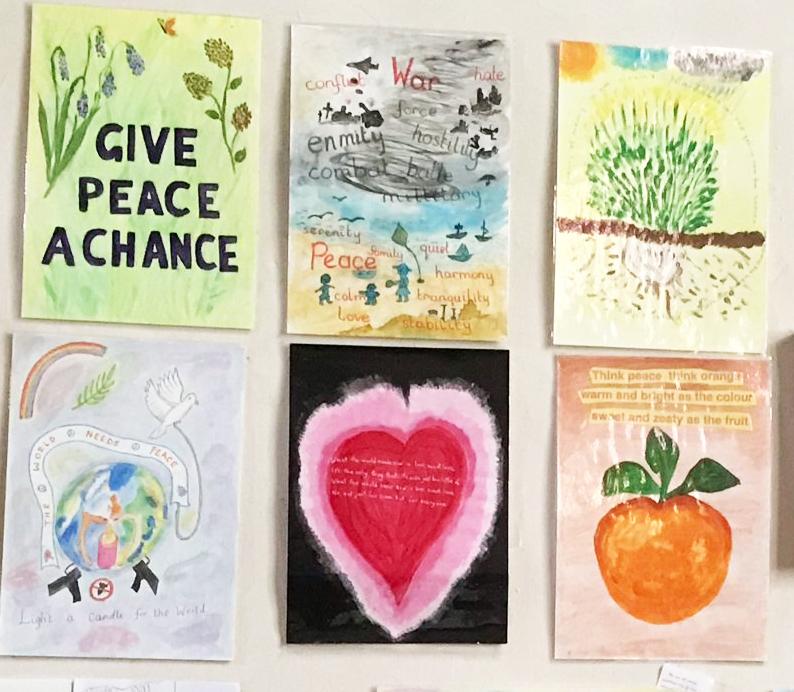
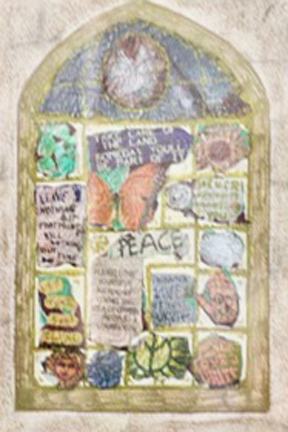
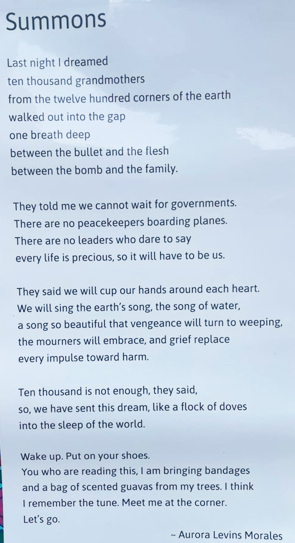
Imagine Peace for All
The IMAGINE PEACE FOR ALL arts project is inspired by the work of Conceptual/Fluxus artist and peace campaigner Yoko Ono.
YOKO ONO: ONOCHORD, VENICE, 2004
Yoko: The world is divided into two industries. One is the War Industry and the other is the Peace Industry. The people in the War Industry are totally together. They don't have to talk to each other, even. They know exactly what they want to do. They want to go out there, kill and make money. But the people in the Peace Industry, which are us - we are so idealistic that each one of us criticises the other Peace Person in the Peace Industry.
Imagining Peace for All – through Music
This work is inspired by a programme shown on 27 January 2005, the 60th anniversary of the liberation of Auschwitz by Russian troops. It was a musical memorial to all the victims of Nazi extermination at Auschwitz-Birkenau. It is little known that the Nazis created several orchestras there from the inmates. Their task was reassuringly to welcome new arrivals, who were immediately segregated into those fit for work and those fit only for the gas chambers. They also had daily to give an invigorating musical send-off to the workforce (for ‘Arbeit macht frei’ – work is liberating), and to receive back each evening those who were not yet worked to death and often returned dragging corpses. They also played for Nazi entertainment at camp parties, often supplying sentimental music to stir their wistful heartstrings.
At the core of the programme were four inmates (Anita, Eva, Michal and August) who found themselves selected for the orchestras – and somehow survived. They record their feelings and thoughts at the time, and the way their experiences have haunted them for the rest of their lives. The vast majority of those who were murdered were Jews, but the Nazis also despised and did not spare Slavs, Gypsies and the disabled. The musical tribute was provided by orchestral groups and soloists, and included the opening of Mozart’s Requiem, part of an opera by murdered Czech composer Viktor Ullmann, a lament played by a Gypsy violinist, and a specially written piece, using the ram’s horn (shophar), in memory of Jews who had to wait in the woods of Birkenau for admission to the crematoria, which were working beyond capacity. It ended with a section of a Partita by J.S. Bach, played by the Russian violinist Maxim Vengerov as he walked from the huts along the railway lines which had brought millions of victims from many parts of Europe. August Kowalczyk declares that music can play two vital roles. It can pay tribute to the victims. And it has the capacity to purify itself and restore what was cynically stolen by the Nazis for their own murderous purposes. It can also reconcile us to human suffering. Perhaps, in the face of current wanton destruction, and as the 80 th anniversary of the liberation of Auschwitz approaches, it can also at the same time stir our imaginations and creativity, and give us hope for peace for all, even out of the abyss of unspeakable horror.
Alan Suggate